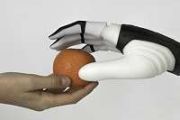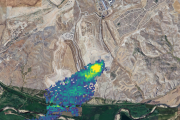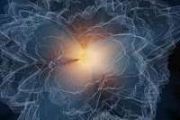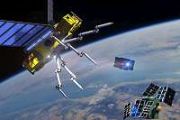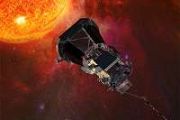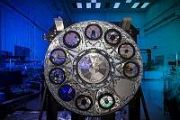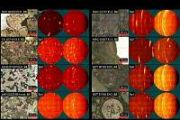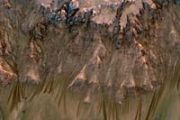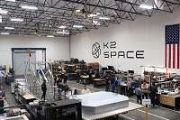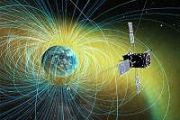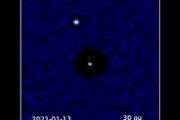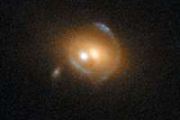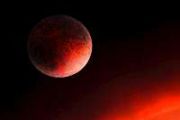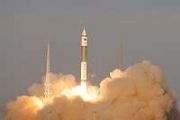
Copernical Team
First MetOp-SG and Sentinel-5 launched

Ushering in a new era of weather and climate monitoring from polar orbit, the first in a new series of satellites, MetOp Second Generation, has been lofted into orbit aboard an Ariane 6 rocket from the European spaceport in Kourou, French Guiana. As part of this new satellite’s sophisticated instrument package is the new Copernicus Sentinel-5 instrument, which is designed to deliver critical data on air pollutants, ozone and climate-related gases.
Ariane 6 infographic: countdown to liftoff
 Image:
Ariane 6 infographic: countdown to liftoff
Image:
Ariane 6 infographic: countdown to liftoff MetOp-SG-A1 and Sentinel-5 ready for liftoff
 Image:
MetOp-SG-A1 and Sentinel-5 ready for liftoff
Image:
MetOp-SG-A1 and Sentinel-5 ready for liftoff Earth rocks help hone techniques for future Mars samples
This request seems a bit unusual, so we need to confirm that you're human. Please press and hold the button until it turns completely green. Thank you for your cooperation!
Press and hold the button
If you believe this is an error, please contact our support team.
185.132.36.159 : 640d4d8f-8474-42ee-adab-9f740b9e
Ariane 6: preparing flight VA264 for liftoff
 Video:
00:05:14
Video:
00:05:14
MetOp-SG-A1 travelled onboard the Canopée ship. Our teams at the European spaceport in French Guiana have been quite busy making sure both the rocket and the payloads are ready for flight VA264.
Europe’s first MetOp Second Generation, MetOp-SG-A1, weather satellite – which hosts Copernicus Sentinel-5 as part of its instrument package – is set for liftoff on an Ariane 6 rocket from Europe’s Spaceport in Kourou, French Guiana, on August 2025.
MetOp-SG-A1 is the first in a series of three successive pairs of satellites. The mission as a whole not only ensures the continued delivery of global observations from
CREAM: avoiding collisions in space through automation

Earth orbit is becoming increasingly crowded. With over 11 000 active satellites and many thousands more expected in the coming years as well as over 1.2 million pieces of space debris greater than 1 cm, the risk of in-orbit collisions has turned into a daily operational concern. ESA is investing in automation technologies that can help satellite operators respond more effectively to collision risks.
Ariane 6 with MetOp-SG-A1 in its mobile hangar
 Image:
Ariane 6 with MetOp-SG-A1 in its mobile hangar
Image:
Ariane 6 with MetOp-SG-A1 in its mobile hangar Venus and Jupiter appear close in the sky as summer's best meteor shower peaks soon
This request seems a bit unusual, so we need to confirm that you're human. Please press and hold the button until it turns completely green. Thank you for your cooperation!
Press and hold the button
If you believe this is an error, please contact our support team.
185.132.36.159 : 46feb722-b4eb-49c4-a9d7-694bac89
Mixing regolith with polymer saves mass for 3D printing
This request seems a bit unusual, so we need to confirm that you're human. Please press and hold the button until it turns completely green. Thank you for your cooperation!
Press and hold the button
If you believe this is an error, please contact our support team.
185.132.36.159 : f6d5d9ac-19e4-4db4-8a97-c94386ad
Is mining asteroids that impacted the moon easier than mining asteroids themselves?
This request seems a bit unusual, so we need to confirm that you're human. Please press and hold the button until it turns completely green. Thank you for your cooperation!
Press and hold the button
If you believe this is an error, please contact our support team.
185.132.36.159 : 4a34c233-61d7-4c6c-ab80-b934e1e9









